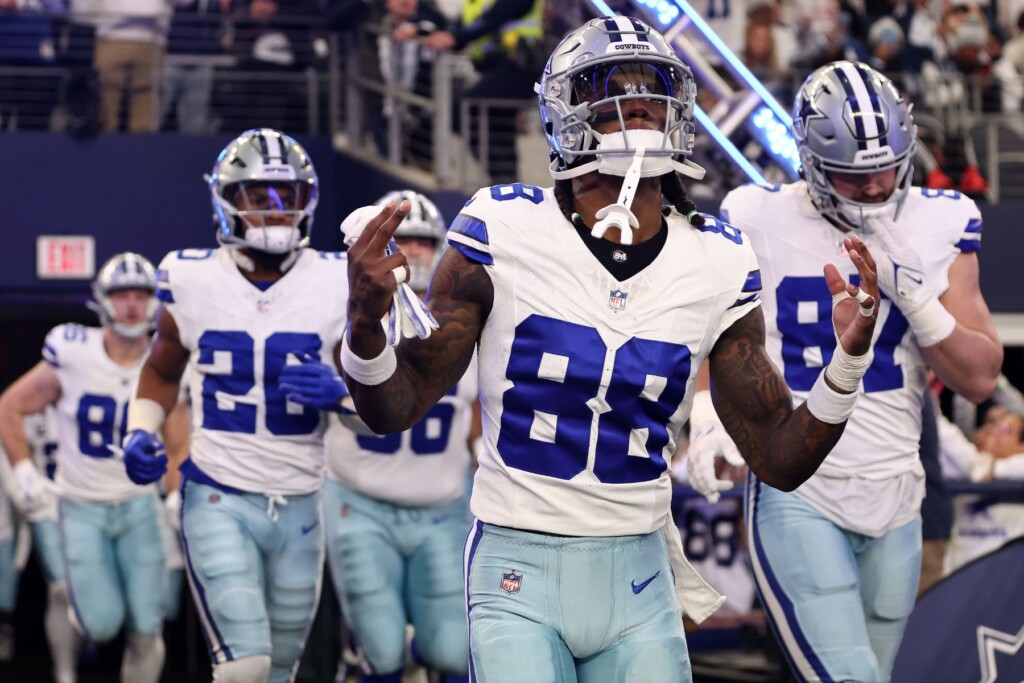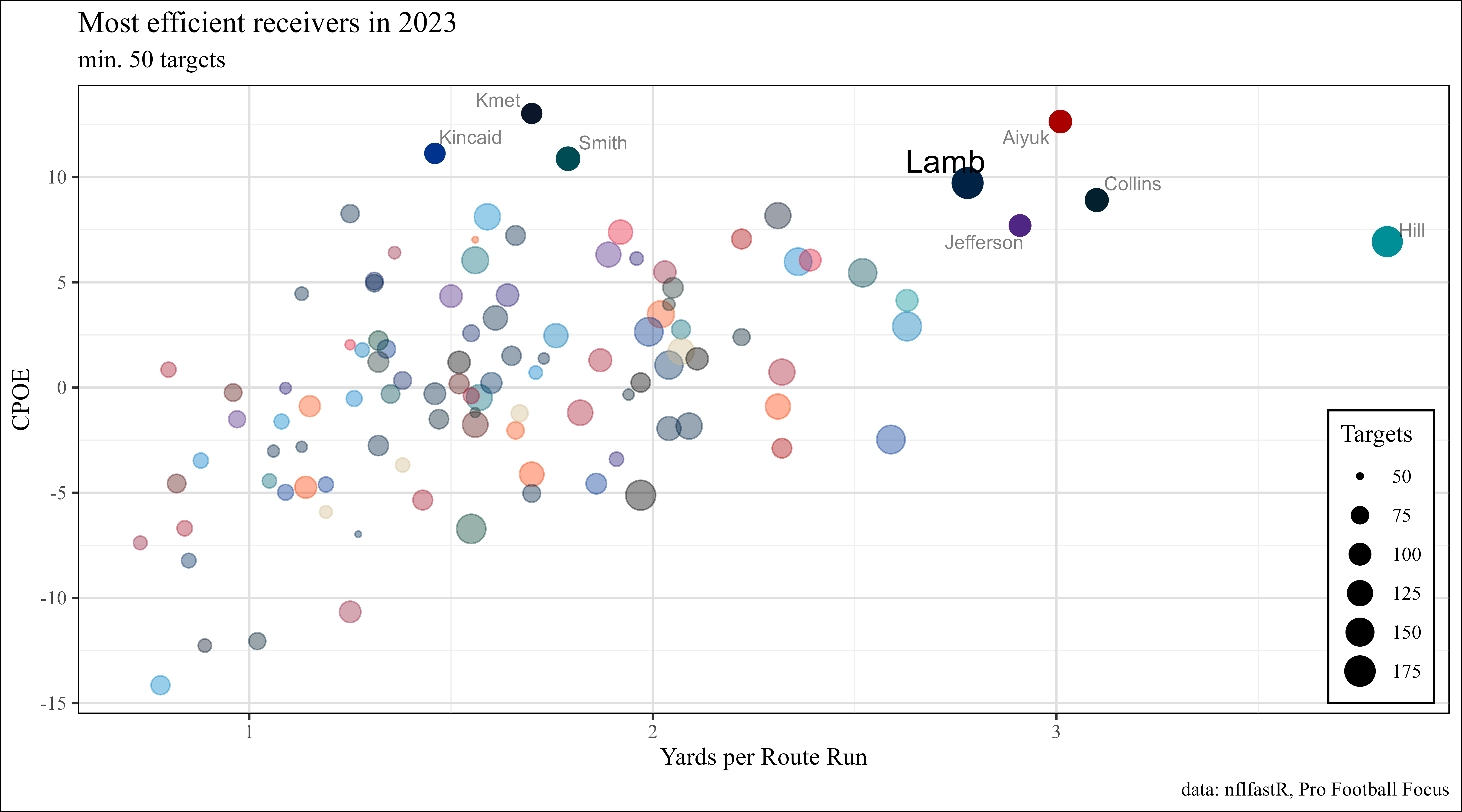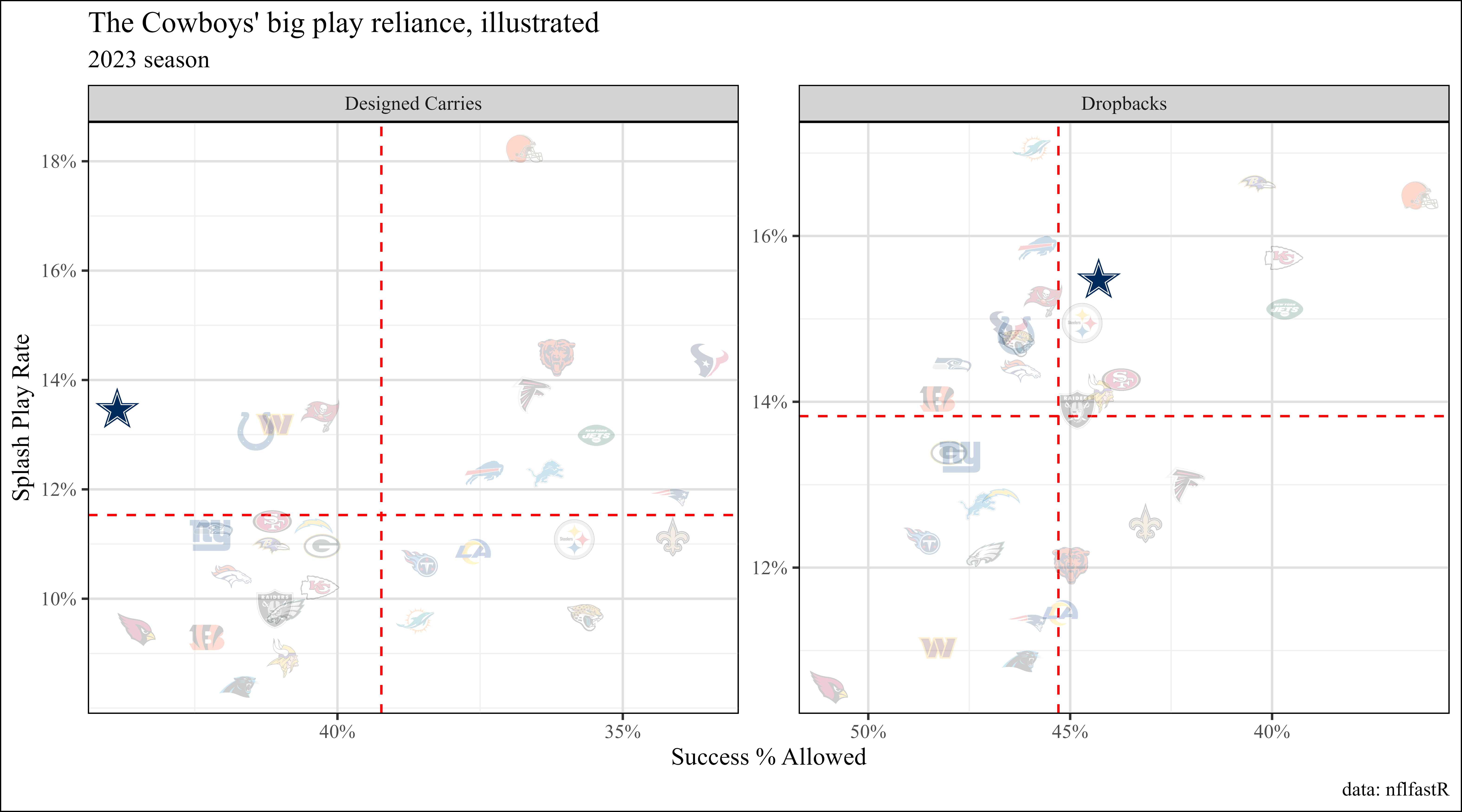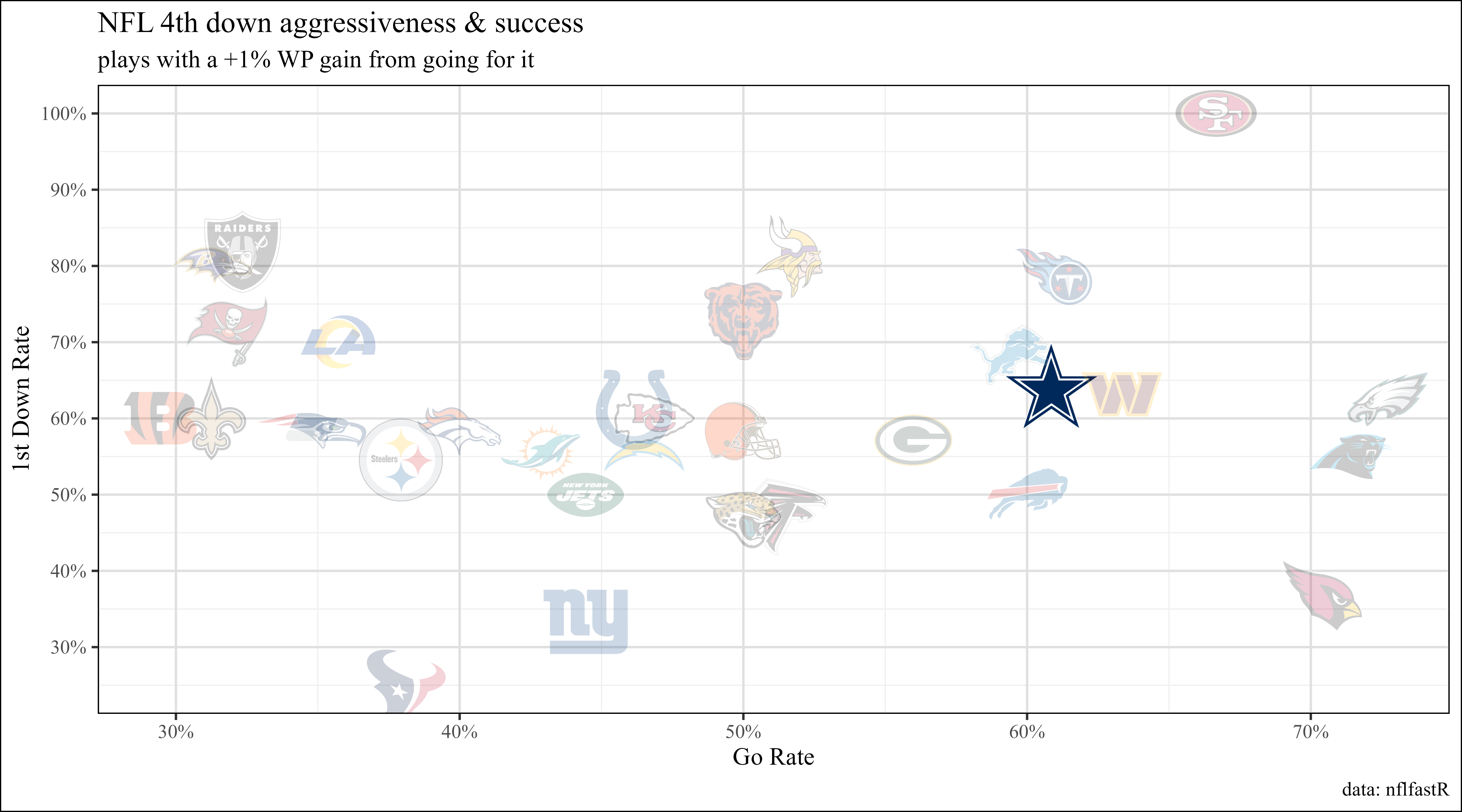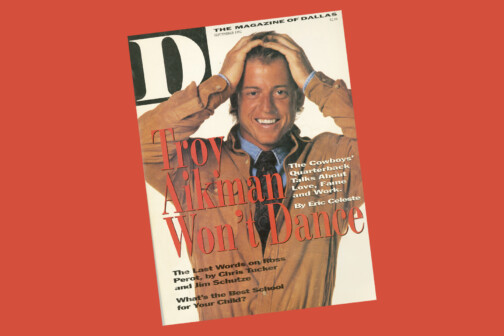This offseason for the Cowboys is shaping up to be somehow both painfully stagnant and yet full of turmoil. After a third straight 12-5 regular-season record, they have 36 wins over the last three years, more than any team aside from the Patrick Mahomes Chiefs. They’ve scored more points than anyone over that span while allowing the fifth fewest. But the only thing many fans will remember is the 1-3 playoff record. By all accounts, Jerry Jones plans on running it back one more time with coach Mike McCarthy and a core group of players, including Dak Prescott, Micah Parsons, and CeeDee Lamb—and one would assume the consequences of another playoff collapse would be a 2025 season coached by someone else.
The story of this season shares some similarities with the previous two, but with a few more record-breaking performances thrown in just for fun. Prescott had another top-notch year, while Parsons continued to dissolve opposing offensive lines—and both will probably end up as the runners-up in MVP and Defensive Player of the Year voting. But there’s much more to this story than just these stars, and a handful of numbers you need to know can help tell it.
CeeDee Lamb’s 74.6 percent catch rate
You might already know that the latest Cowboys No. 88 led the NFL with 135 receptions on 181 targets (also the most in the NFL). If you’re reading this, you also probably know that Lamb set franchise records in receptions and receiving yards. What you might not be aware of is that this boost in usage coincided with a boost in efficiency. Lamb finished the year with a personal best (and fourth-best among qualified wide receivers) 74.6 percent catch rate. He did this while being targeted more than any other receiver in the league, and at an average depth of 9.5 yards downfield. None of the three receivers ahead of him had an average target depth above 8.
Another way to assess target depth is to use completion percentage over expectation (CPOE), a stat in which Lamb ranked third among wideouts in 2023. This man caught everything.
Lamb has set the standard for player development for first-round prospects. He has improved by just about every measure you can think of not only this season, but also in each of his first four seasons. Catches, total yards, EPA per target, success rate, and yards per route run—they’ve all bumped up with each season. Lamb was more of a clear-cut number one receiver than he has ever been, as evidenced by the fact he had 988 more yards than the next-highest receiver on the roster (tight end Jake Ferguson, for those wondering). Only Chicago’s D.J. Moore (39.9 percent) accounted for a higher percentage of his team’s total receiving yards than Lamb’s 37.5 percent. Lamb proved himself not just a legitimate number one receiver, but put his name firmly into the top five in the league.
The defense’s reliance on 155 splash plays
The Cowboys had a top-five defense in terms of points allowed. They were in the top 10 in many advanced metrics as well, including EPA per play allowed, and perhaps surprisingly that was true both in terms of pass defense and run defense. But they were exposed by the Packers in the playoffs, giving up 41 points to Jordan Love and Co. The thing about the defense was that it was heavily reliant on splash plays. This isn’t an official stat, but it’s something that can help paint a picture of how this defense functioned. There were 155 plays in which the defense recorded an interception, a forced fumble, a sack, a tackle for a loss, or a fourth-down stop. Only Baltimore and Cleveland racked up splash plays at a higher rate.
Looking at the team’s success rate allowed, which measures how well a defense prevented its opponent from getting in a better position to score on a play-to-play basis, Dallas was merely “very good” against the pass, and boosted by its 26 takeaways (shoutout to DaRon Bland for putting his name in the history books). Facing designed runs, however, Dallas was the worst in the NFL on a play-to-play success rate level.
The Cowboys have been among the league’s best at generating these big plays under defensive coordinator Dan Quinn. But the general consensus is that this isn’t a sustainable way to build a defense, and if Quinn gets a head coaching gig this summer, we might see the defense take a real step back from its impressive run over these past three years.
Mike McCarthy’s 61 percent aggressiveness
McCarthy took over playcalling duties this season, and overall the offense sure seemed to work. He was conservative with Prescott early in the year, most likely trying to avoid the interception-prone season we saw in 2022. But one area where McCarthy was decidedly not conservative was with his fourth-down decisions. Not all such decisions are made equal—but attempts have been made to quantify just how many percentage points of win probability teams are gaining or losing by going for it on fourth down versus punting. On fourth-down plays in which the Cowboys stood to gain at least 1 percentage point of win probability by going for it (as opposed to punting or kicking a field goal), they left the offense on the field 61 percent of the time—the sixth- highest rate in the NFL. They converted a first down 64 percent of the time.
McCarthy has consistently coached teams that tend to be more aggressive on fourth down. Over his last four seasons in Green Bay, only the Ravens went for it more often in these situations than McCarthy’s Packers. In 2023, his 61 percent go-rate was significantly higher than it was over the previous two years, when it was just under 50 percent.
This is but one small piece of the coaching puzzle, but it’s good to know that Dallas has a coach/playcaller who is willing to leave his high-powered offense on the field to try to score more points. If he can rein in the penalties, he might just have a first-round bye on his hands.
The Cowboys didn’t get the ending to the season they’ve been searching to achieve for 28 years now. We most likely won’t see many huge changes to the team this offseason, and whether that’s good or bad is up to the reader. The important thing is that there was still plenty to love about the 2023 season—from Lamb to a big-play defense, the Cowboys continue to have an arsenal of tools to win football games. But that will only feel so good until they convert that regular-season momentum into playoff success
Author



